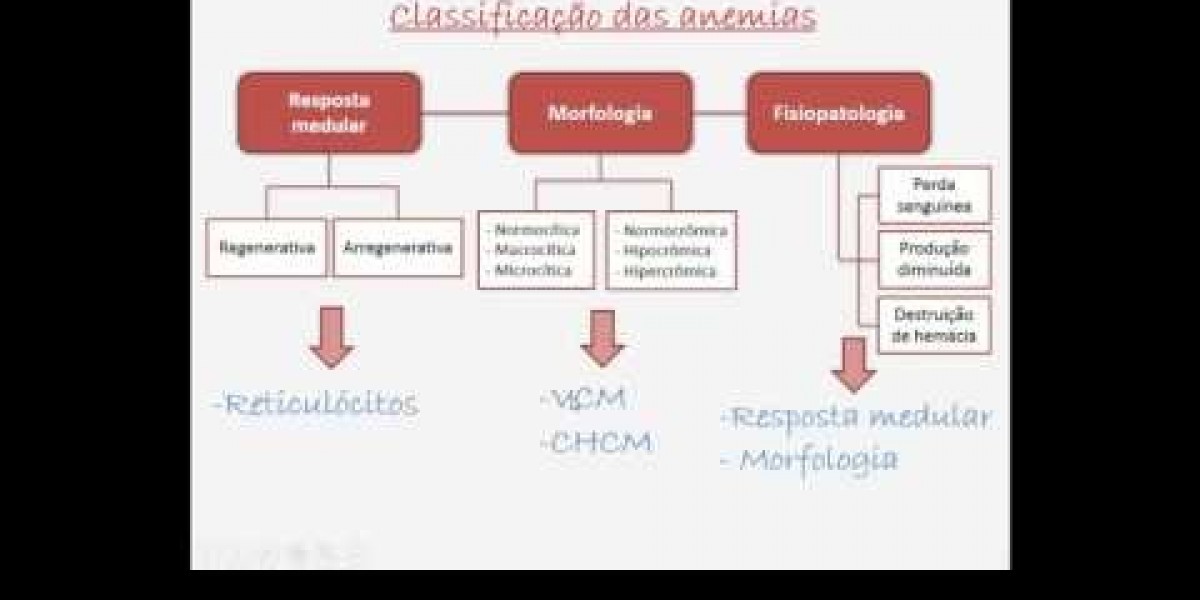In contemporary apparel production, choosing the correct Interlining early in the process affects fit, durability, and the final aesthetic; a well-matched support layer controls drape and prevents distortion, and careful selection reduces costly rework during finishing and laundering. With these priorities in mind, designers and technical teams can align materials, bonding methods, and application steps to meet both creative intent and production realities.
Why internal support matters
An internal support layer shapes how garments behave once assembled. It helps collars keep their shape, stabilizes button lines, and supports hems so they hang evenly. Beyond aesthetics, appropriate internal reinforcement distributes stress across seams and reduces localized strain that can lead to premature wear. In ready-to-wear production, the right choice at prototype stage prevents fit alterations later in the line.
Comparing construction approaches
Support textiles come in woven, knitted, and nonwoven forms, and they are attached by sewing, adhesive bonding, or thermal fusing. Each approach offers trade-offs: sewn-in supports allow highly targeted reinforcement but increase assembly steps, while fused supports provide a clean interior but require controlled bonding parameters. Understanding how each method interacts with the outer fabric helps ensure consistent feel and recovery after repeated cleaning cycles.
Performance metrics and testing
When evaluating options, focus on measurable characteristics such as dimensional stability, hand (how the garment feels against the skin), and resistance to repeated washing or dry-cleaning. Simulating end-use conditions during lab trials—using complete garment assemblies rather than isolated swatches—yields more reliable results. Clear pass/fail criteria for wash tests, peel strength, and visual inspection reduce ambiguity when multiple suppliers are involved.
Interlining-Factory’s role in customization
Working with an experienced partner speeds the path from specification to production. Interlining-Factory provides guidance on matching support properties to design intent and offers customization in thickness, elasticity, and surface finish to complement outer textiles. When application parameters and accessory formats are shared upfront, production runs are more predictable and on-site troubleshooting is minimized.
Practical application tips for production teams
Communicate expected end-use and laundering profiles to suppliers before finalizing samples. Narrow collars and slim lapels generally require lighter supports to avoid bulk, while outerwear benefits from firmer layers that preserve structure. Record and share bonding temperatures, dwell times, and pressure settings so assembly remains consistent across shifts and facilities. Prototyping on fully assembled parts is a small investment that prevents larger fixes later.
Sustainability and lifecycle thinking
Material choices influence downstream processing. Mono-material constructions and thermal bonding simplify recycling compared with assemblies that mix incompatible substrates and solvent-based adhesives. Minimizing chemical treatments and selecting durable supports that extend garment life are practical steps toward lower environmental impact. Clear component labeling also assists secondary processors in sorting materials at end of life.
Quality assurance and production readiness
Insist on measurable acceptance criteria: allowable dimensional change after wash, minimum peel strength for bonded areas, and thresholds for visible puckering. Pilot production runs that include full garment wash cycles validate that the chosen support performs in realistic conditions. Batch-level documentation and change-control procedures help isolate and correct issues quickly during scale-up.
Final recommendations and resources
Selecting the appropriate internal support requires balancing aesthetic goals, production capabilities, and lifecycle expectations. Prioritise early testing, clear specification language, and collaboration with experienced suppliers to align design intent with manufacturing realities. For a deeper dive into types, applications, and selection guidance, consult the detailed resource here: https://www.interlining-factory.com/news/what-is-interlining-types-applications-and-more.html
































